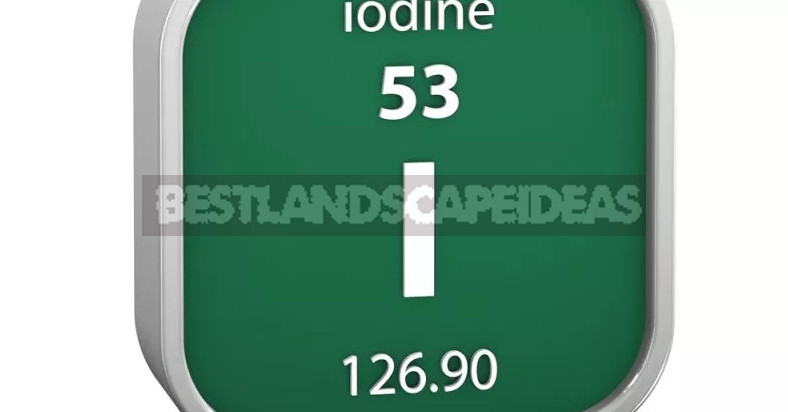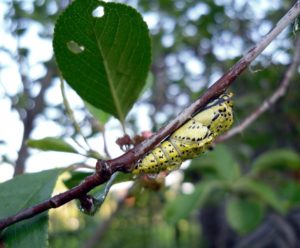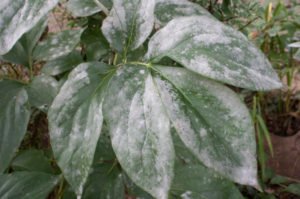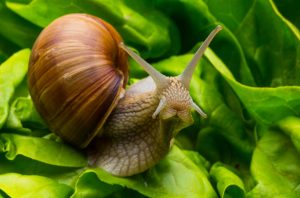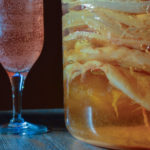Iodine is a broad-spectrum antiseptic that “disarms” a variety of bacteria, fungi and other simple microorganisms that cause infectious and inflammatory diseases in humans. But the beneficial properties of the drug do not end there: it can be successfully used to maintain the health of cultural plantations.
Savvy gardeners have long noticed the unique properties of iodine and successfully use this cheap tool for the treatment and prevention of fungal diseases of plants. But in this case, iodine is more selective: it is able to suppress the activity of only some pathogens. However, the value of country “iodine therapy” is that it allows you to get rid of plants just from those ailments that cause the greatest damage, threatening the complete loss of the crop.
1. Late blight
First of all, of course, it is worth noting late blight – a dangerous fungal infection, which without preventive measures very quickly destroys all tomato bushes. However, if you have in the country will always be at hand a couple of iodine bubbles, this disease is not terrible tomatoes.
To protect plants from late blight, after 12-14 days after planting seedlings in the ground, start regularly spraying them with a solution prepared from 9 liters of water, 1 liter of whey (it can be replaced with natural skim milk) and 2 ml of pharmacy iodine of 5% concentration, repeating the procedure at intervals of 10-12 days.
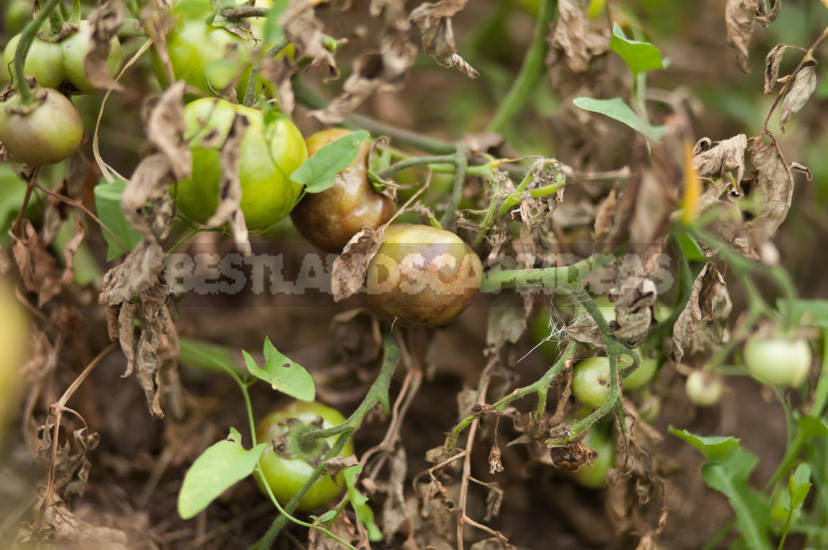
Previously, in my suburban area for the prevention of late blight, I used exclusively purchased fungicides, but once tested on the advice of a familiar iodine solution in the case, pushed expensive chemistry into the background. The above recipe alternates with other folk remedies, but only after “iodine therapy” I see such a stunning effect on tomato bushes: a day or two after processing the foliage becomes juicy and acquires a wonderful emerald hue.
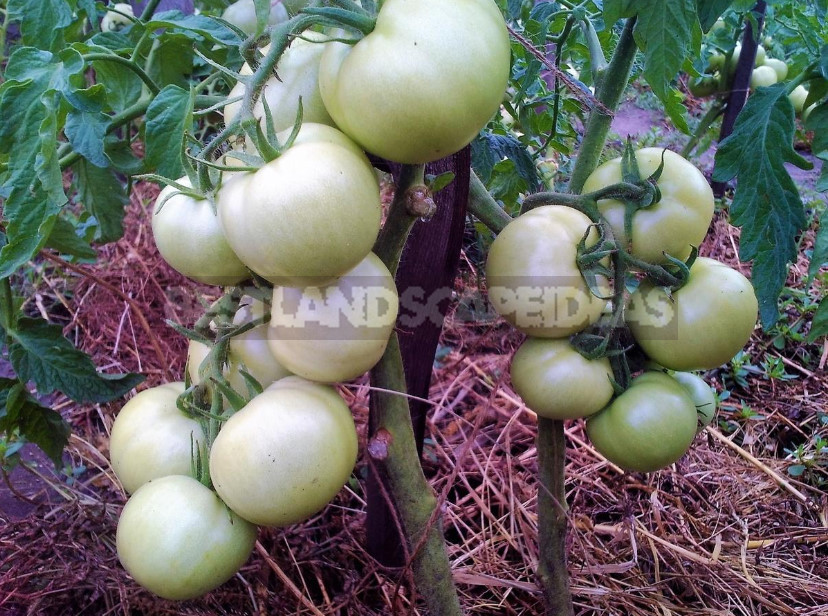
Iodine solution prepared according to this recipe will be useful for the prevention of late blight and other cultures of the Nightshade family – pepper, eggplant and potatoes. Therefore, treating tomatoes with such a drug, be sure to walk around the sprayer and the garden with their “cousins”.
If you notice the first affected leaves on the plants, immediately remove them from the bushes and immediately spray the planting with iodine elixir, repeating the procedure 1-2 more times with an interval of 4-5 days – insidious late blight should retreat. But keep in mind that at the advanced stage of the disease iodine will not help.
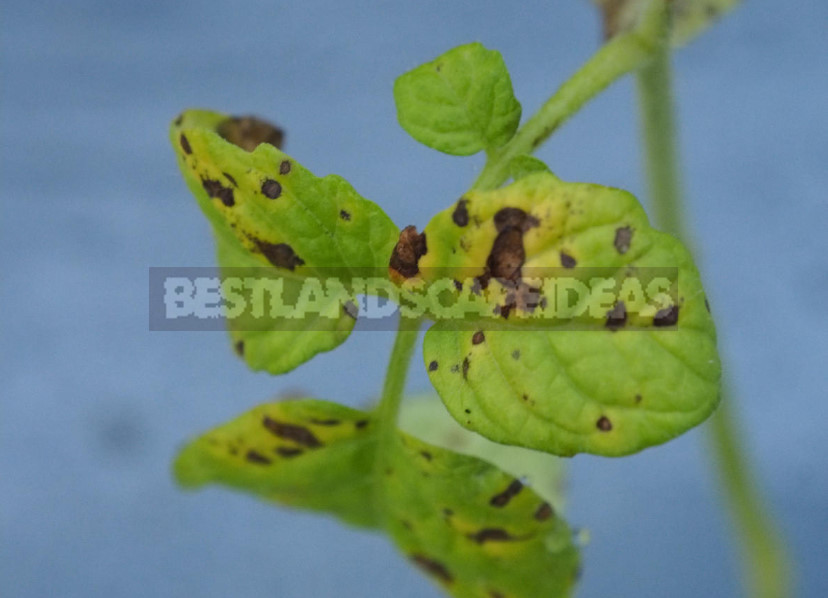
2. Powdery mildew
A solution based on iodine will be an excellent assistant in the fight against another fungal disease – powdery mildew, which, unlike late blight, “corrodes” plants, but has no less devastating effect on them. This disease with adverse factors often pick up cucumbers, zucchini and pumpkins. But if you find the first signs of the disease to start treating plants with a solution (9 liters of water, 1 liter of whey and 1 ml of iodine), repeating the procedure every 5-7 days, you can in a short period of time completely rid them of white plaque.
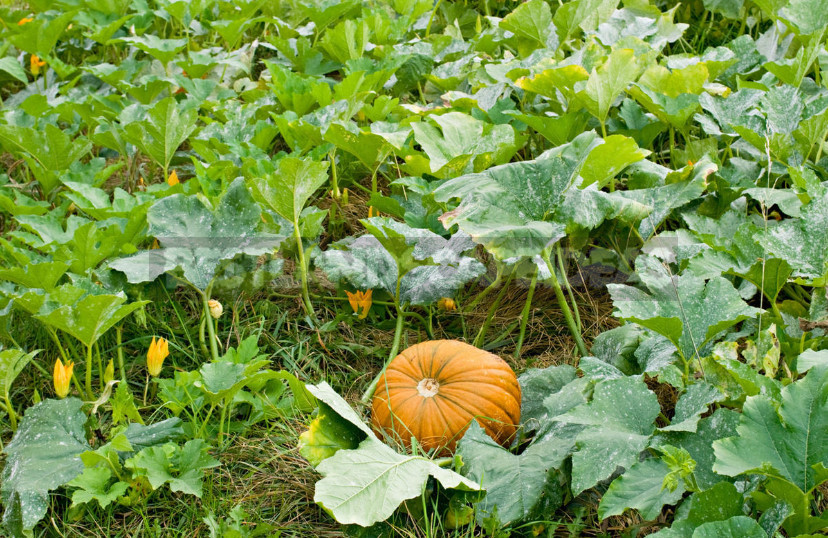
In addition, experienced gardeners argue that when using iodine elixir on cucumbers, the lashes continue to remain green much longer and delight with a longer period of fruiting. They advise a couple of times to spray cucumbers on the sheet with such a solution at intervals of 10-12 days, even if there are no signs of powdery mildew.
Berry and ornamental shrubs, as well as fruit trees affected by powdery mildew, are more “thick-skinned” compared to vegetable crops. To clean their leaves from white plaque concentration of iodine solution is needed above — 5 ml per bucket of water.

But herbaceous ornamental crops are easy to cure this disease with the same solution as for vegetables: 1 ml per 10 liters of water. In this case, for the heightening effect is also better to take no ordinary water, and a solution of whey or milk (1:9).
3. Root rot of cucumbers
The solution, prepared from 10 liters of water and 1 ml of pharmacy iodine, effectively protects cucumbers from root rot, which often ruin planting in cold rainy or excessively hot weather. But now the sprayer can be put aside: the solution must be poured under the root of the plants, spending 1 liter for each Bush.
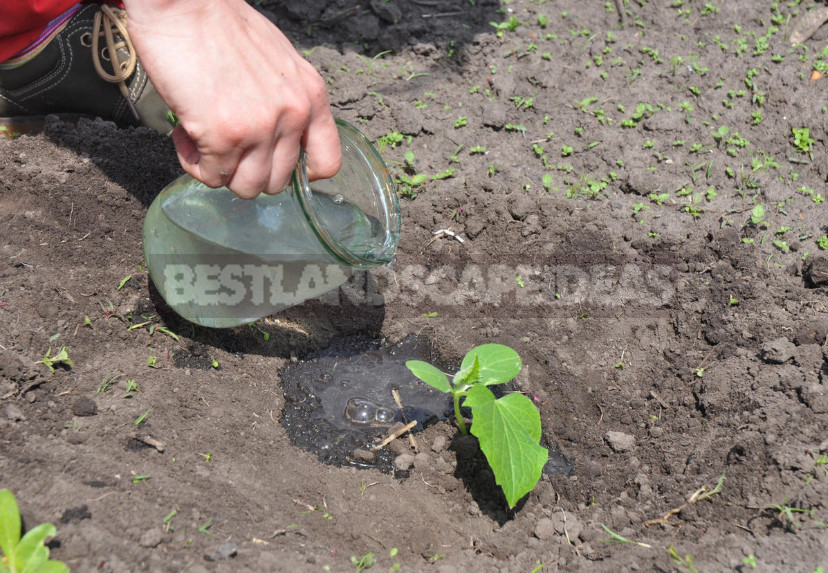
4. Rotting of zucchini ovary
Zucchini is a fairly unpretentious culture and with proper agricultural technology always ties a large number of fruits. But often, even with good care and favorable weather conditions, the numerous ovary on the bushes begins to rot.
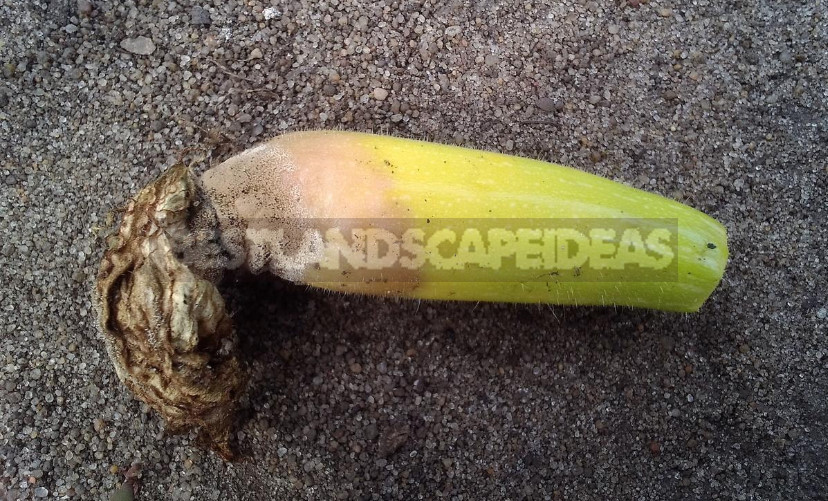
Such a phenomenon can be a sign of iodine starvation, which is easy to fix, once making under each Bush 1 liter of solution prepared from 10 liters of water and 5 ml of iodine. In order not to cause an excess of iodine in zucchini, after such feeding during the season it is better not to use iodine-containing solutions.
Now you know what ways you can solve the problem of iodine deficiency and other trace elements.
5. Clubroot of cabbage
Cabbage is another vegetable crop that comments positively on iodotherapy. To prepare the drug of 10 l of water and 2 ml of iodine, feed it at the root at the rate of 1 l per 1 plant. This delicacy is given to cabbage at the beginning of the formation of heads, repeating feeding 2 more times with an interval of 15-17 days. This simple and economical measure protects plants from the keel and has the best effect on the quality and size of the heads.
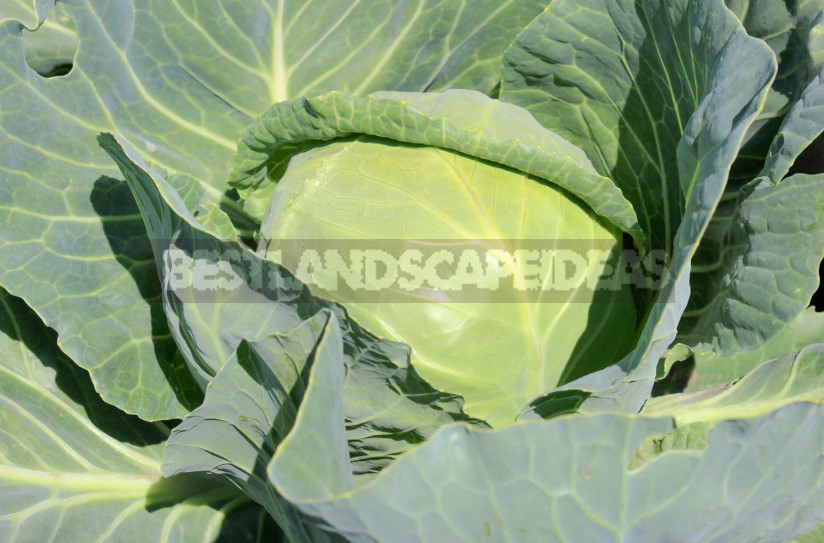
6. Gray mold of strawberry
Has proven itself a solution of iodine to the strawberry garden. Strawberry garden, twice treated with iodine solution at intervals of 5-7 days — shortly before and after flowering – shows high resistance to the defeat of gray rot and is not damaged by raspberry-strawberry weevil. For this purpose, the water bucket (10 l) diluted with 1 ml of drugstore iodine, and then plentifully moisten them with the strawberry bushes and the soil between the rows.
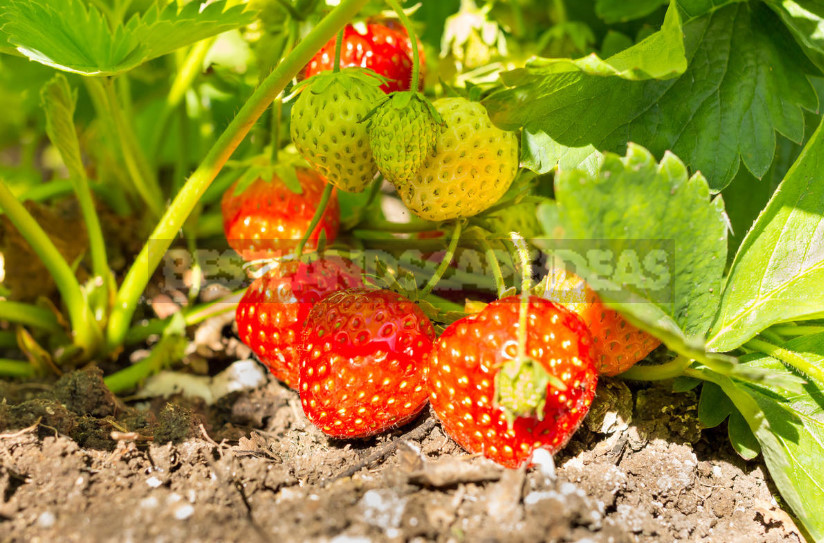
7. Fruit rot of Apple trees
A concentrated solution based on 10 liters of water and 10 ml of iodine effectively protects Apple trees from a very insidious disease — fruit rot. To this end, the trees are sprayed on the leaf with such an elixir about a month before the expected harvest and repeat the treatment again after 3-4 days.
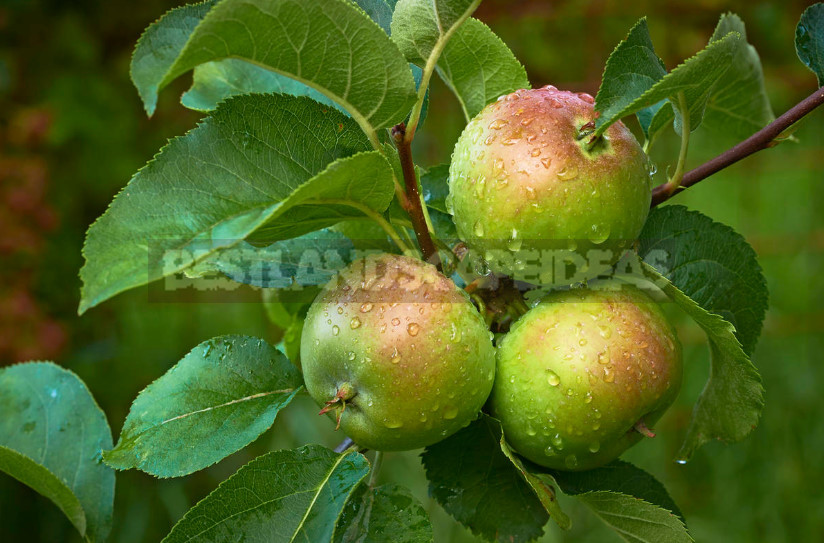
8. Mildew and oidium of the grapes
Experienced winegrowers have long appreciated the pharmacy antiseptic and use it as a reliable assistant in the fight against oidium and mildew. At the first sign of these fungal diseases grape bushes abundantly moistened with a sprayer solution, which is prepared from 10 liters of water and 8 ml of iodine, repeating the procedure every week.
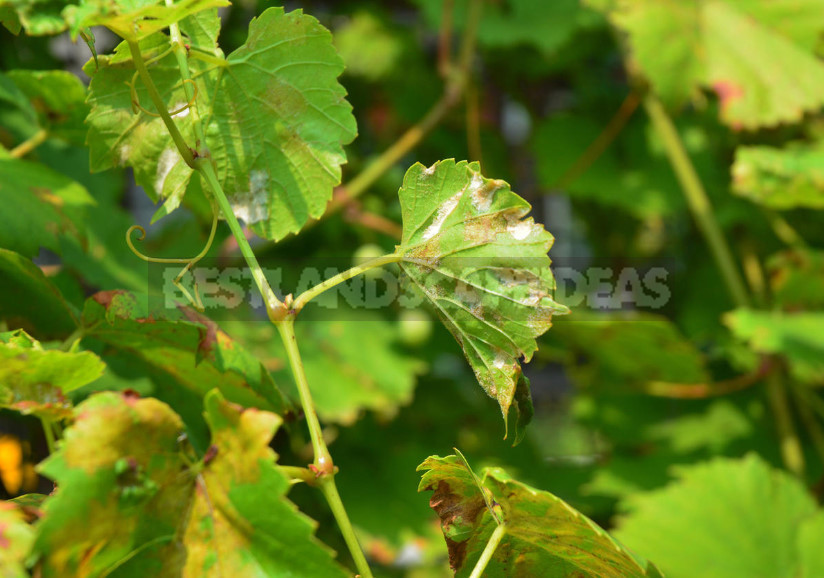
9. Seed treatment before sowing
Few people know that iodine can act as an effective means for disinfection of seeds before sowing. For this purpose, you will need only one drop of the drug, which is diluted in 1 liter of water. In such a disinfectant solution, it is necessary to moisten a piece of gauze or cotton cloth, wrap the seeds in it and leave the bundle for 6-8 hours. After that, the seed material without washing is dried to friability and sown in seedling containers or on a bed.
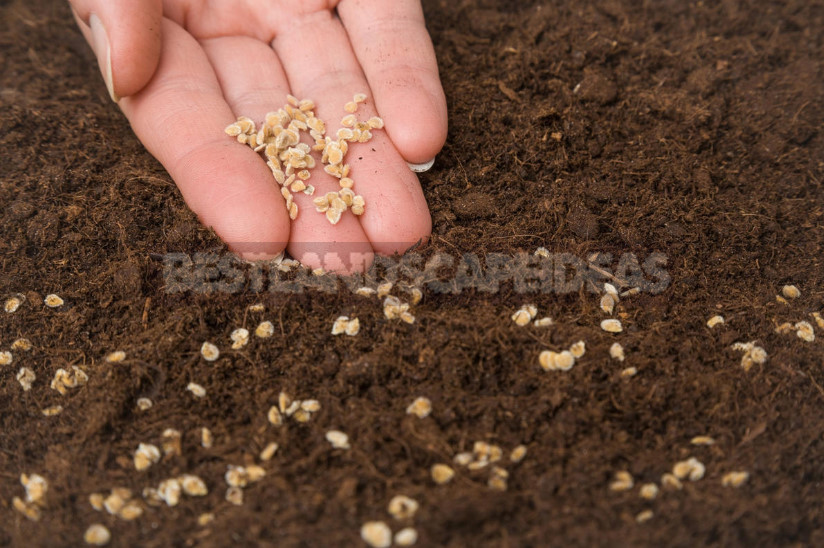
10. Treatment of potatoes before planting
Iodine solution is also disinfected seed potato tubers shortly before planting. To this end, in 10 liters of water, 2 ml of antiseptic is added and the tubers are irrigated with the obtained means, spread out in one layer in a shaded corner of the garden. When the tubers are dry, they are turned over to the other side and repeat the procedure. After this treatment, the potato shoots much faster, increases more lush bushes and shows high resistance to late blight and scab.
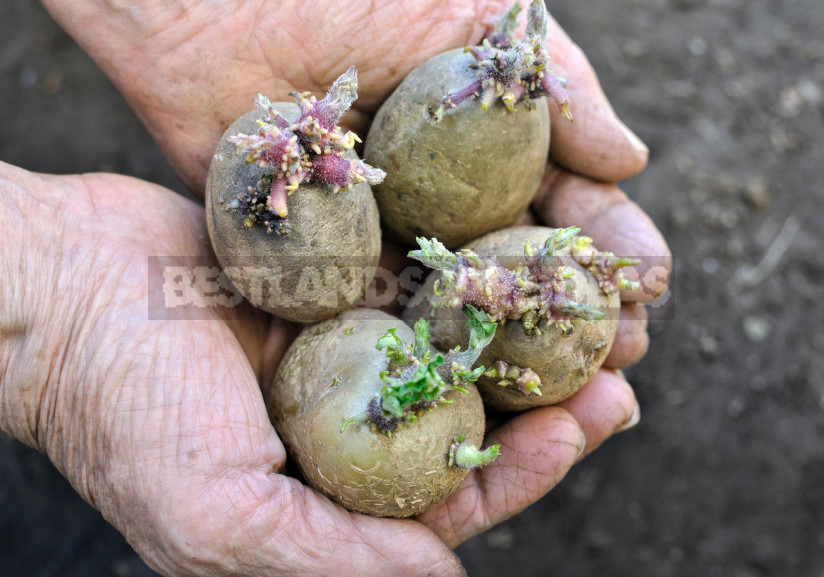
I want to reassure the most worried gardeners who fear the application of iodine solution on his plot. The above recipes, containing in its composition the minimum dose of this drug (which is taken already in the 5% concentration, and then diluted with plenty of water), can’t harm our health. Before “settle” in the fruits of vegetable or fruit crops, iodine will go a long way, and those micrograms that get to our table, will not be harmful, but just the opposite.

Iodine is especially useful for residents of the middle zone, living at a considerable distance from the sea coasts and forced to solve the problem of iodine deficiency through active consumption of seafood or regular intake of medicines with a trace element. But still it is necessary to adhere to the above consumption rates of this drug in the country farm, because too diligent iodine therapy can undermine plant health and dreams of a rich harvest will have to be postponed until next season.
Dear readers, I tried to include in my story all the recipes for the use of iodine in horticultural activities, which I know: some learned from friends, others “overheard” on the forums. To try all of them on your dacha has not yet had time, so if you have experience using this antiseptic in the dacha, be sure to share your opinion in the comments.
